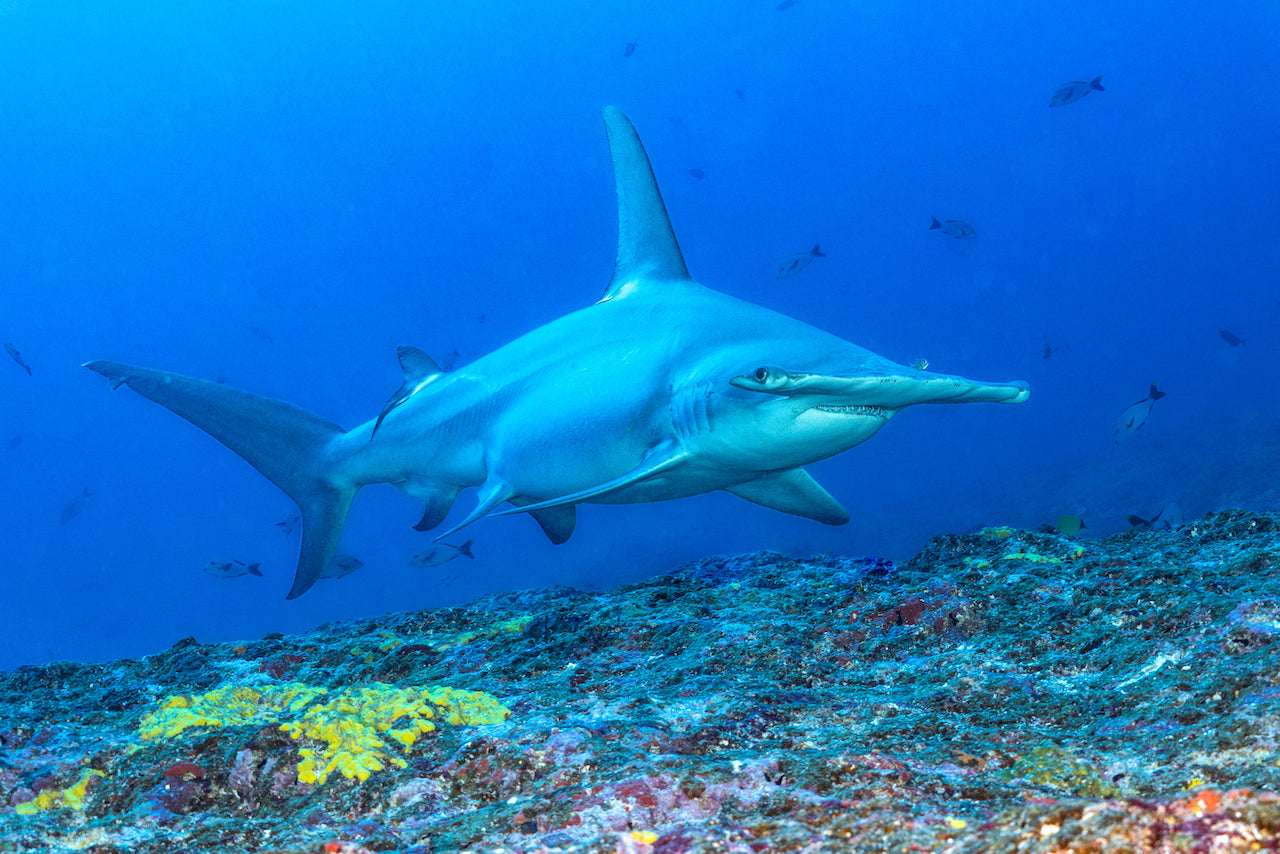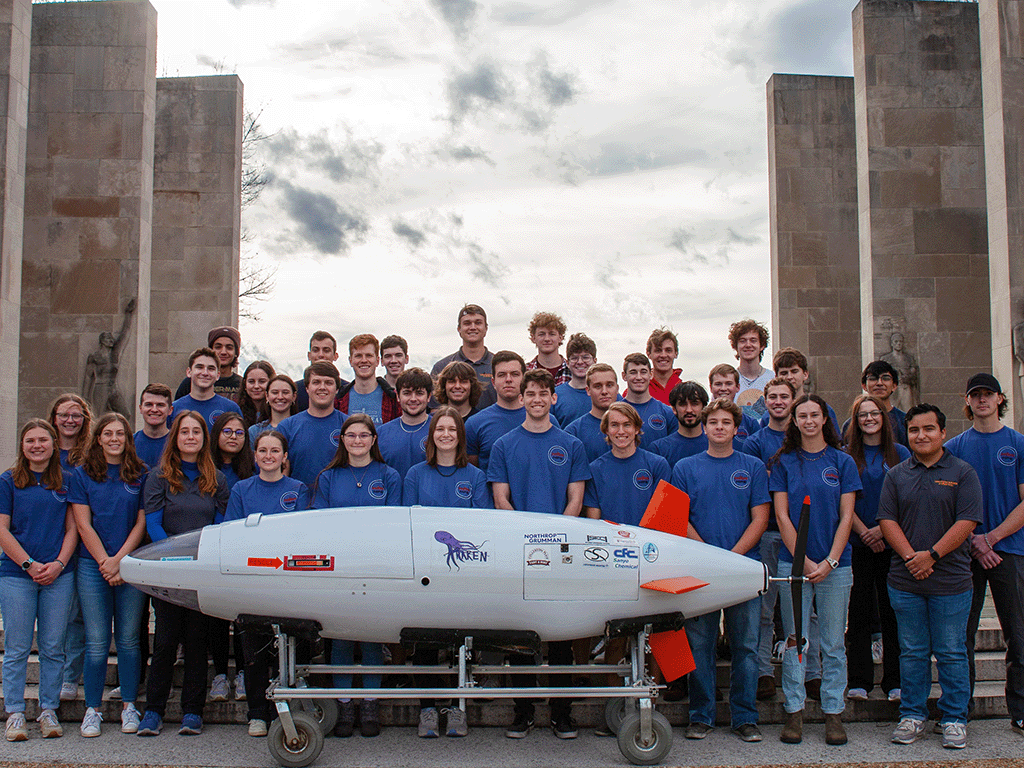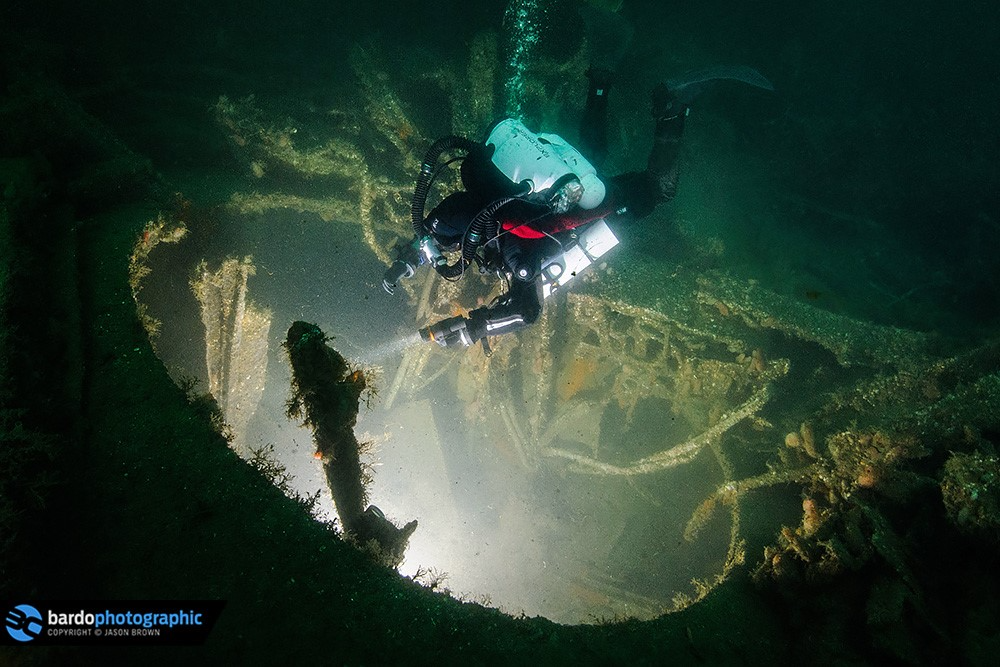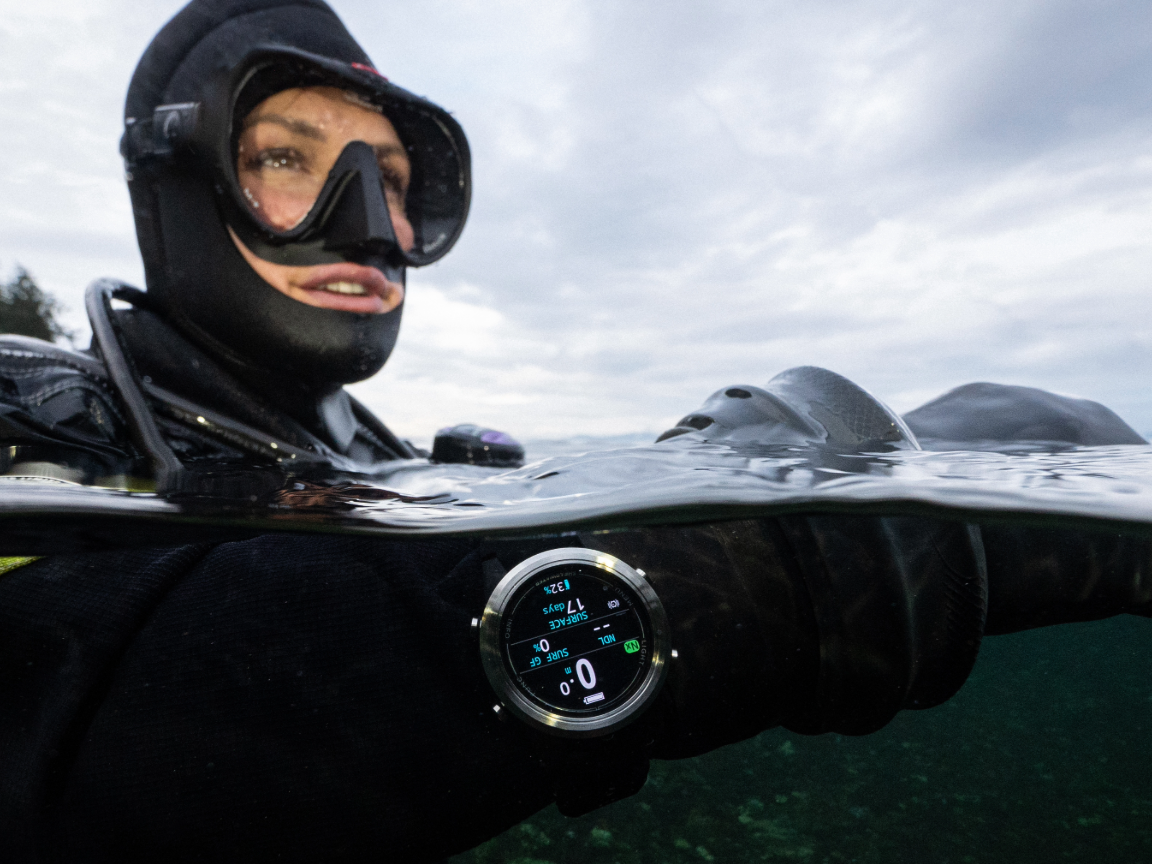In Rangiroa, French Polynesia, an association dedicated to the study and protection of the great hammerhead shark. The waters of French Polynesia are home to a charismatic animal with a still mysterious life cycle: the great hammerhead shark, also known as tamataroa by the inhabitants of the Tuamotus archipelago. Like other shark species, it benefits from enhanced protection in Polynesian waters, a zone of respite in the vast ocean where, like other sharks on the planet, it is threatened with extinction. The Mokarran Protection Society is working to learn more about these sharks in order to promote its preservation.

Mokarran Protection Society - Etienne Menager.
The great hammerhead shark is a super-predator of the oceans, at the top of the food pyramid, but fearful and harmless to man. In recent decades, overfishing and the degradation of its marine environment have rapidly led to its virtual disappearance from the oceans. However, there is one atoll in French Polynesia where this now rare shark is regularly observed: Rangiroa, in the Tuamotu archipelago. As the shark plays an important role in Polynesian culture, its inhabitants respectfully refer to it as tamataroa.
With a size of over 6m and an average mass of 350kg, it is one of the largest sharks in the world. It feeds on bony fish, rays, cephalopods (mainly squid), crustaceans and other sharks.

Mokarran Protection Society - Etienne Menager.
A lord in danger of extinction...
The great hammerhead shark family is a recent addition to the history of evolution. It first appeared around 20 million years ago, just as the first sharks began to populate our oceans 450 million years ago. To date, scientists have identified more than 10 different species within this family (Sphyrnidae). Two are found in Polynesia: the great hammerhead shark, Sphyrna mokarran (Rüppell, 1837) and the scalloped hammerhead shark, Sphyrna lewini (Griffith & Smith, 1834). The former is solitary and the latter more social, liking to live in small groups in Polynesia or in large schools, as in the Galapagos Islands. Both are great travelers, capable of long migrations over thousands of kilometers: a great mystery that remains unexplained to this day.
In Polynesia, the great hammerhead shark is found around the atolls, but also in the lagoons and passes. Does it come here to feed, reproduce or give birth?

Mokarran Protection Society - Etienne Menager.
French Polynesia, a region particularly committed to shark conservation
Unfortunately, like many shark species worldwide, the great hammerhead is a victim of overfishing. Its imposing dorsal fin makes it a prime catch in the shark fin trade, a major factor in the global decline of these animals. It is estimated that the world population of great hammerheads has fallen by 80% in 70 years. This high mortality rate, combined with a long reproductive cycle, increases the risk of extinction for the species, which no longer has time to regenerate. As a result, the species has been classified as "Critically Endangered" since 2018, on the Red List of Threatened Species of the International Union for Conservation of Nature, the IUCN. There is an urgent need to protect it effectively, and Polynesia plays a central role in its conservation.
Located in the heart of the Pacific Ocean, French Polynesia has been one of the world's largest shark sanctuaries since 2012. Shark fishing and all forms of commercialization (fins, jewelry, jaws) are prohibited throughout the Polynesian Exclusive Economic Zone, which covers more than 5 million km².

Mokarran Protection Society - Etienne Menager.
Divers from all over the world make long journeys to come and observe the different species of shark: this unique sanctuary boasts over twenty of them. The great hammerhead shark, one of the rarest, is seen during the austral summer (December to March) in the Tuamotu archipelago, from Tikehau to Fakarava, but above all in the famous Tiputa pass at Rangiroa, as well as its lesser-known neighbor, the Avatoru pass.
The Polynesian sanctuary, with its food-rich waters, is of vital importance for the conservation of the great hammerhead shark during the different phases of its life cycle, as well as for the protection of the twenty or so other shark species, which are also threatened with extinction.
The Mokarran Protection Society
Amazed by their regular interactions with great hammerhead sharks, a group of passionate divers created the Mokarran Protection Society (MPS) in 2019. A volunteer organization based in Rangiroa, its mission is to study the great hammerhead shark population in French Polynesia in order to contribute to its conservation worldwide.

Mokarran Protection Society - Etienne Menager.
To carry out its mission, 4 areas of expertise work together on a daily basis:
- "Mokarran Science" conducts studies to actively contribute to scientific research both locally and internationally. It has links with the University of French Polynesia and exchanges with researchers in mainland France, the United States and Australia.
- "Mokarran Exploration" is in charge of dives and expeditions in search of this shark and its key habitats in Polynesia. Each mission is a logistical and human challenge.
- "Mokarran Academy" enables us to share our knowledge with the general public, with a particular focus on young people. Programs are set up in pilot establishments such as middle schools on the islands of Tahiti and Rangiroa.
- "Mokarran Fenua" promotes the link between the tamataroa and the hearts of Polynesians through legends, a respectful environmental approach and the involvement of local craftsmen.

Mokarran Protection Society - Etienne Menager.
Rangiroa Atoll
An initial three-year study cycle has identified and characterized over a hundred individuals. These data, collected mainly by laser photogrammetry and photo-identification, confirm that Rangiroa is a hotspot for observation of the great hammerhead shark.
Better still, several clues suggest that these atolls concentrate key areas of its life cycle (mating, gestation, calving, nurseries and growth).
With these results, a new three-year scientific campaign was set up in close collaboration with the Environment Department, the commune of Rangiroa, the Tuamotu inhabitants and a company: Andromède Océanologie. It took place between December 2022 and March 2023.
As well as continuing to identify individuals, the aim was to deploy techniques to better track and characterize the movements of individuals observed in Polynesia.

Mokarran Protection Society - Etienne Menager.
To this end, acoustic tagging has been carried out, without capture or feeling, and a network of receivers has been set up at various key points on Rangiroa. Initial results to date are promising, but as yet unpublished.
On Rangiroa, the best place to observe hammerhead sharks is at the entrance to the pass near the village of Tiputa. This is a plateau-like area, where it is possible to dive when the current is strong, and which lies at a depth of between 50 and 60 meters.

Mokarran Protection Society - Etienne Menager.
For safety reasons, and to allow sufficient time in the area to carry out manipulations, most dives are carried out using closed-circuit rebreathers. These are trimix dives, with bottom times of between 30 minutes and 1 hour, for a total dive time sometimes exceeding 4 hours. Because of the environment, with very strong incoming currents that change according to the tides, swell and wind, it is necessary to have sailors and reactive, efficient surface safety.

Mokarran Protection Society - Etienne Menager.
Thanks to the energy deployed by the entire Mokarran Protection Society team, and the involvement of the local population, knowledge of this mysterious shark has been growing steadily over the past four years. There's no doubt that the Tamataroa mission will bring us closer to the secrets of this guardian of the passes, so that we can put in place the conservation measures necessary for its survival.
---

Written by Jeanne Oberlin
Jeanne Oberlin, MD is trained as a physician, and is part of the Mokarran Protection Society exploration team as videographer and rebreather diver.




